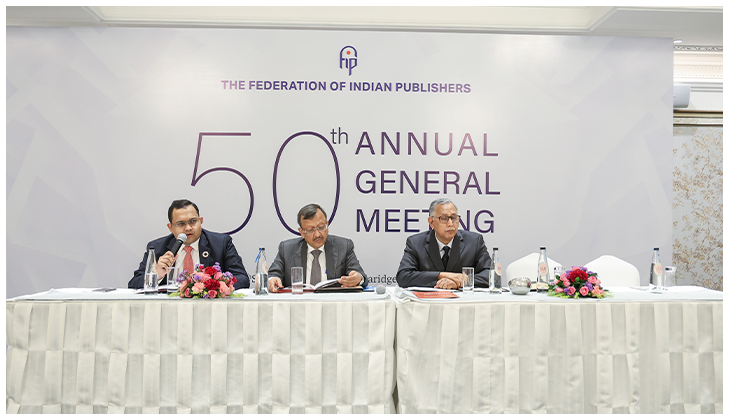The Indian subcontinent is a mighty ocean of knowledge inherited from generation to generation. Even though modern scholars from the western realms tag our civilisation as 5000 to 8000 years old, many indigenous sources call it an ancient civilisation from times immemorial. Our nation has gathered knowledge from the times it came into existence and is naturally endowed with unique capabilities. As humans utilise their rational thinking, reasoning, and the power of discrimination, they process the acquired knowledge and have a rich repository of information.
Our country has a vast contribution to many crucial facets, including the field of Science and Technology. We have come a long way from advances in mathematics, metalworking, astronomy, and steel making. The book by Dharmapal, “Indian Science and Technology in the 18th century” highlights the contribution of Indian Technologies in the 18th century CE to the modern world. It also states that the impeccable offering of technological advancement that happened during that period was flourishing and unmatchable to the rest of the world. We haven’t been away from the eyes of European observers as they hail the efficacy, sophistication, and possible adoption of Indian science and technology in European technology and practices.
With metalworking and other prediscussed technological advancements, we also have an impeccable contribution to the industry of paints and dyes technology. India’s love for colours is profound in both literal and figurative senses. It is evident from the architectural beauties of the historical days and the agents used to make the colours last forever. Our ancestors made use of both organic and inorganic blends to make lively arts with lasting imprints in the heart of the observer. Dyes are integral parts of the clothing industry, and the origin of many of these excellent colouring agents is known to be from the lands of our nation. The dyes were frequently used as cosmetics in the old days of India. From pigmented dyes to lacs, each one of these was applied by making patterns on the eyes and as tilaka on the forehead. It has been a medium of beautification that has evolved on our grounds with the passing of time.
The Indian paintings are predominant examples of the mastery we had in using colours and tints. From the Ajanta caves paintings of the 1st and 2nd century BCE to the Tanjvur arts and paintings, we can see the stunning artefacts and sculptures adorned with dull and bright colours. The connoisseurs of arts obtained different colours and pigments from different sources. Yellow was extracted from natural arsenic sulfide, red from compounds of iron, and so on. They even used mineral sources and vegetables for extracting permanent colours that we can witness to date.
Several texts like Sivastattvaratnakara are proof of the unique ways the artists of the bygone era prepared their dyes and colours. Unfortunately, much of our technological expertise became extinct during the British because of the massive changes in the educational sector. And that is a critical reason behind the demolition of ancient crafts and arts. Some of the remaining artistic skills are also endangered, and to bring them up, our government and we must work hard to diminish the challenges.



